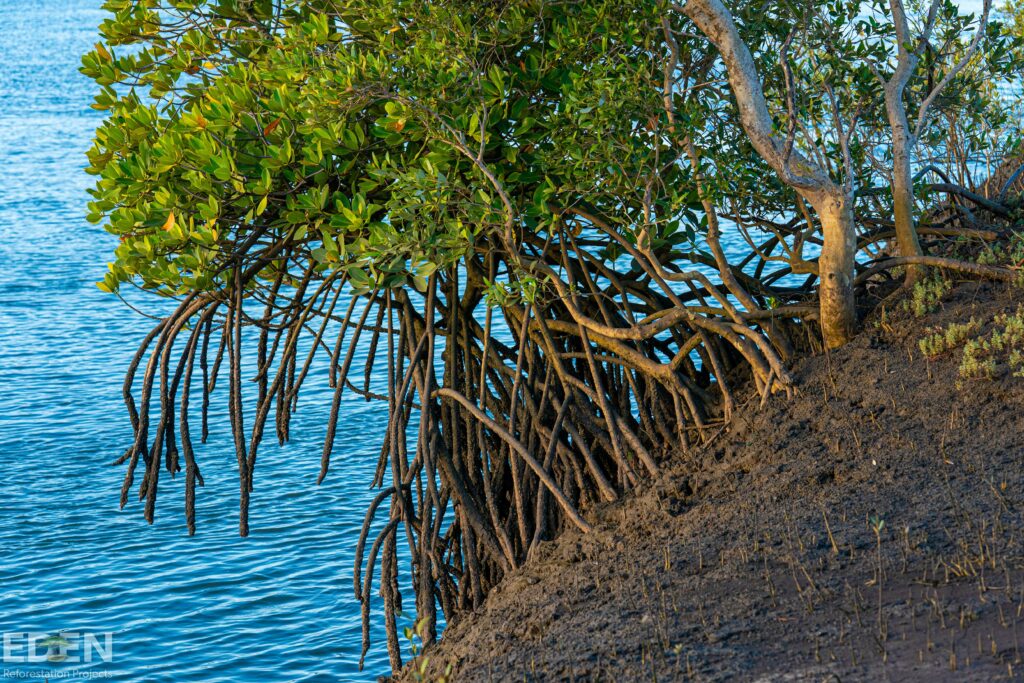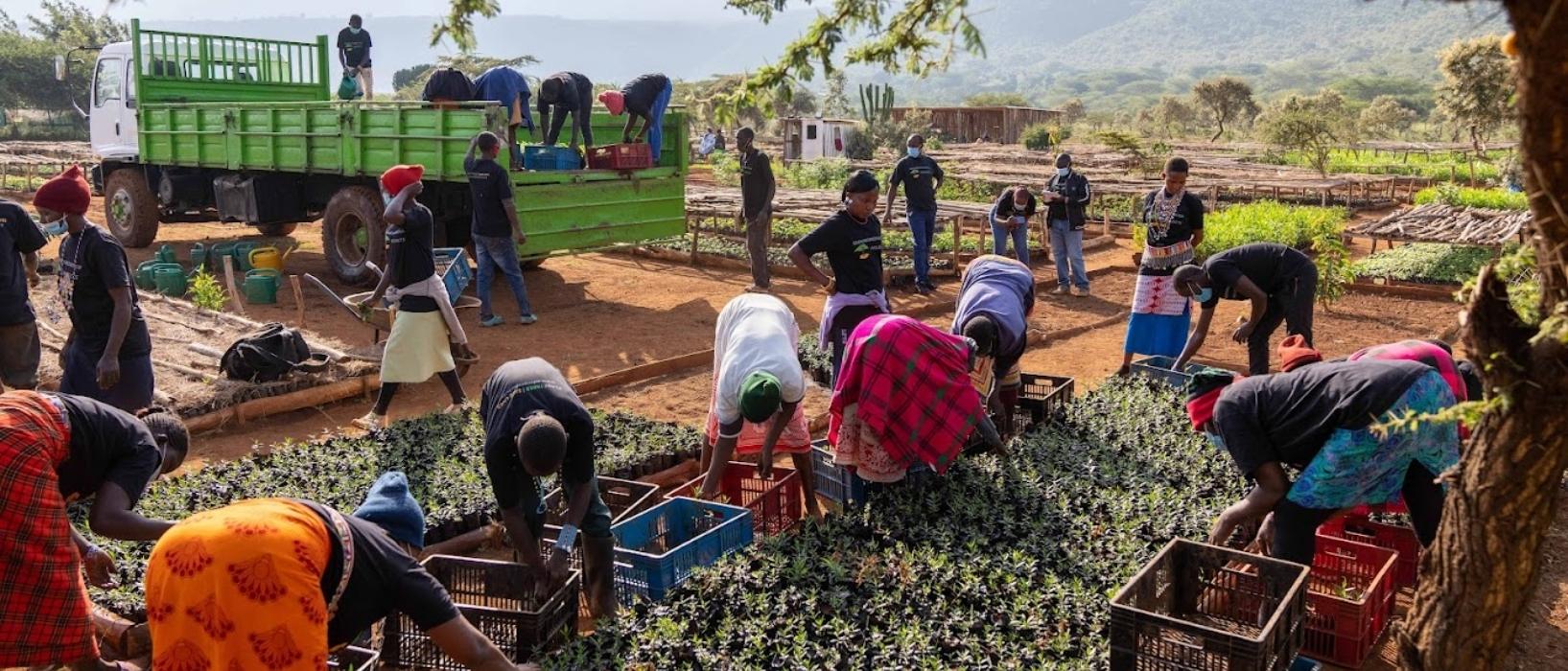Play it Green has now planted 81,284 trees across our three sites in Madagascar, thanks to the help of all our fantastic members.
These trees will make a difference to the health of the planet and all of the people on it. We are incredibly proud of what our partners and we have accomplished so far. Yet, there’s still so much more we would like to do.
We have three critical values that drive our actions: openness, togetherness and being customer-led. This is why we publish regular tree planting reports, all our purchase receipts for the trees, and, if you want, our Board Reports which summarise our monthly board meetings.
In our previous tree planting reports, we have talked about how trees help the environment, how we guarantee they’re planted, and how our planting helps employ local communities.
In this report, we’ll look at the main type of tree we plant, mangroves, and how they form part of one of Earth’s most vital ecosystems.
Be Part of the Climate Solution
Mangroves, if you didn’t know, are shrubs or small trees that grow along coastlines and in brackish (part salt, part fresh) water. They’re also essential in the fight against climate change.
First off, like any tree or plant, mangroves absorb carbon as they grow. Unlike others, however, there’s little to no chance of that carbon ever re-entering the atmosphere. This is because, when they die, the carbon stored in their pieces falls to the seafloor and become trapped under the soil.
Aside from removing carbon from the atmosphere, the unique properties of mangroves and the areas they grow in mean that they serve as a frontline defence against coastal erosion, storms, and tidal waves.
The most common species of mangroves are famous for their tall, skinny, and stilt-like roots (called prop roots), and these are the key to how they work. The roots grow in a ‘tangle’ which helps the tree withstand the changing tides.
They also cause sediments in the water to settle near the roots, building up a muddy base that keeps the trees stable and stops the tide from moving in.

Prop roots also help filter water coming off the land, removing pollutants, heavy metals, pesticides, and agricultural run-off. This means mangroves actually help keep the water clean and clear, protecting marine habitats.
It’s not just that; mangroves control how nutrients get distributed to seagrass beds and coral reefs. Without them, harmful algae blooms can grow and flourish.
Of course, all of this also helps the life that lives in these ecosystems. Their roots systems provide critical nursery habitats for a whole host of marine creatures, allowing them to forage and grow while remaining protected from predators.
The parts mentioned before that fall off and get trapped under the seabed? They form a nutrient-rich layer of decay which serves as the “foundation of the coastal food web”.
Even animals on the land rely on mangroves for their survival, including a number of endangered birds, bats, and fireflies.
All of these reasons are why here at Play it Green, we are proud to be planting mangroves and other native dry deciduous trees across three sites in Madagascar highlighted below. If you click the links below, you can even visit them on Google Earth.
Antsanitia Site
Coordinates: 15°37’13.22”S, 46°26’11.29”E
Visit the site on Google Earth
Akalamboro Site
Coordinates: 16°12’16.94”S, 44°55’4.13”E
Visit the site on Google Earth
Vilamatsa Site
Coordinates: 16°16’17.09”S, 44°26’47.66”E
Visit the site on Google Earth
Reach Net Zero
Your business can do more than you think.
Find out how Play it Green can help you:











